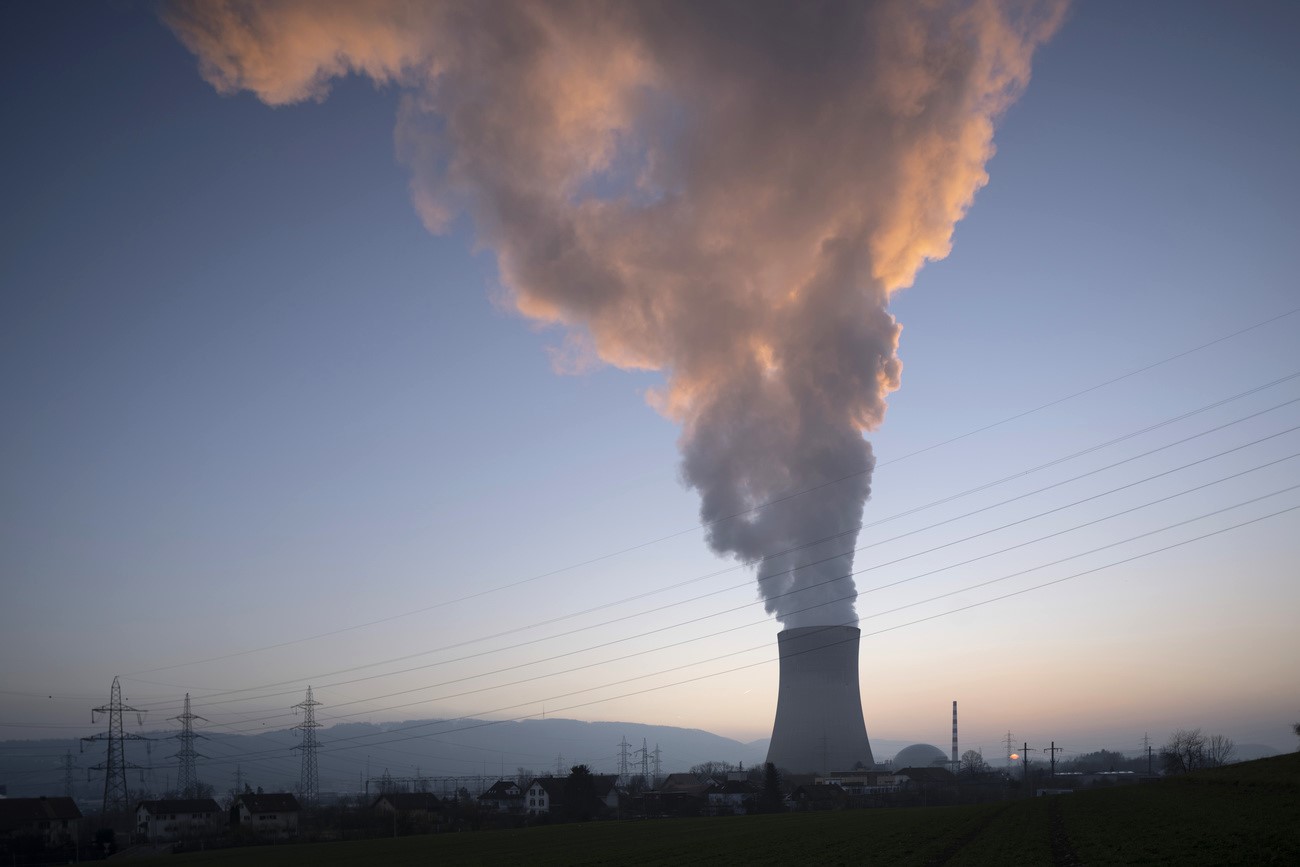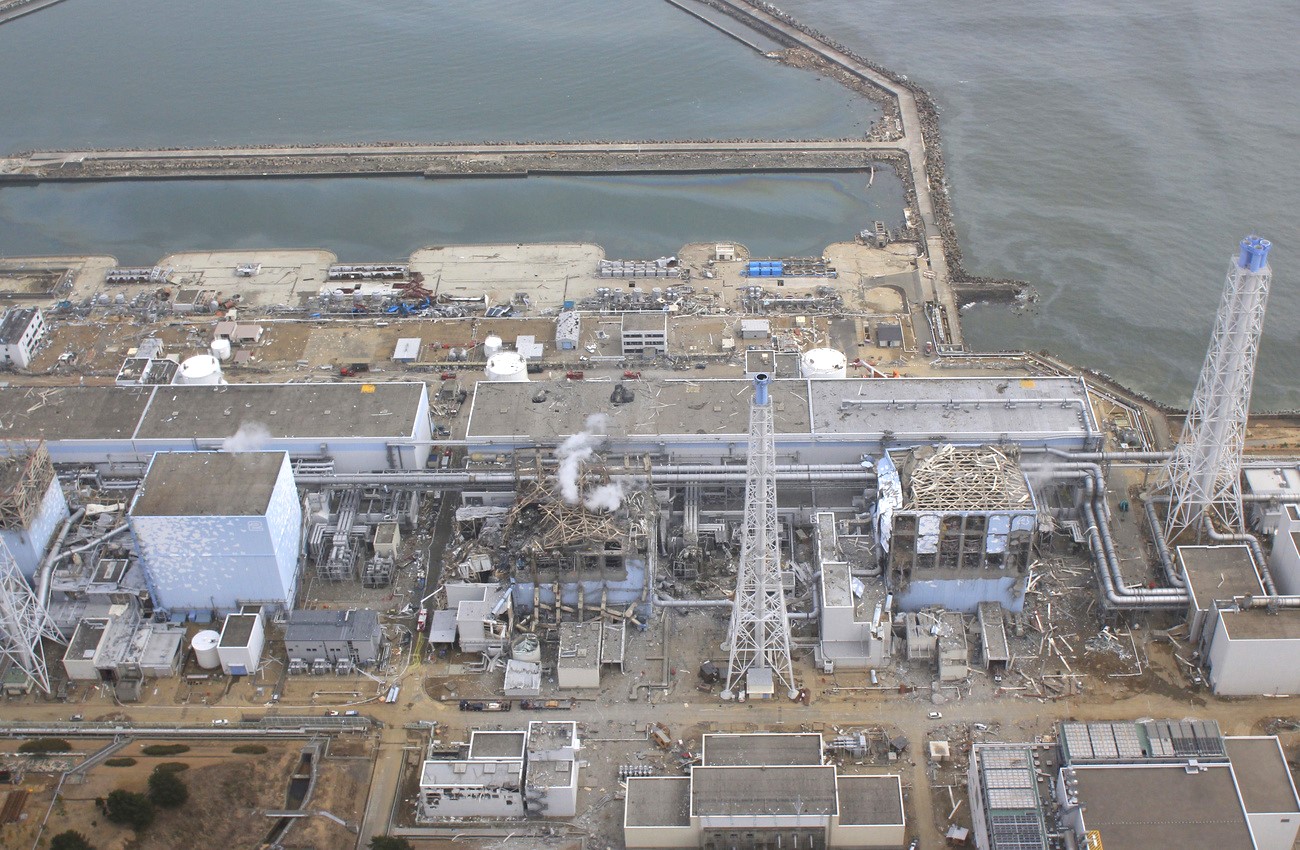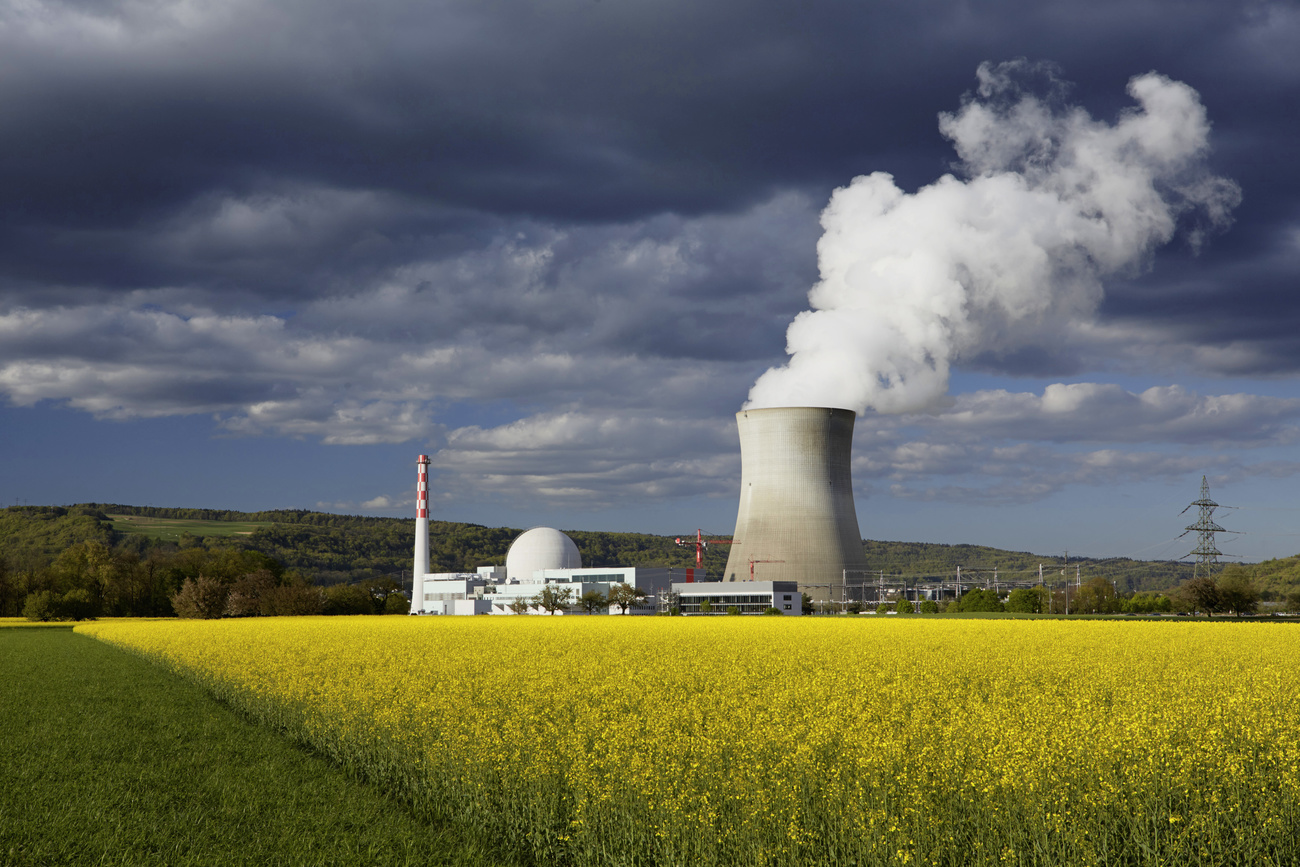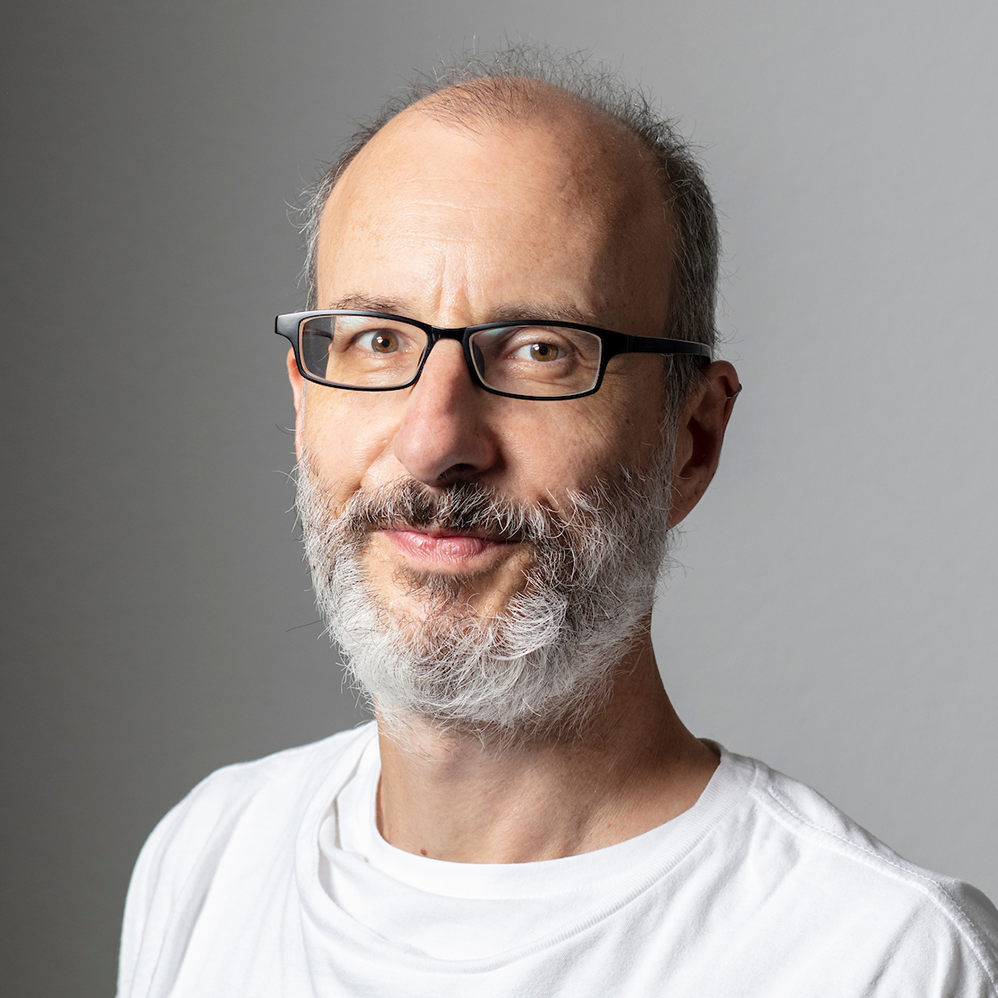
Why climate change and wars are reviving interest in nuclear energy

The Fukushima disaster prompted several countries, including Switzerland, to abandon nuclear power. However, the need for energy security and cleaner energies in the face of global warming are putting nuclear energy back on the agenda of some countries.
The accident at the Fukushima nuclear power plant in Japan in 2011 was among the most serious in history. The disaster released large amounts of radiation and displaced more than 150,000 people.
It also marked a turning point in the energy policy of some countries in response to a public backlash and as they reassessed security of existing plants. Switzerland and Germany decided to phase out nuclear power. Other nations, including Belgium and Taiwan, reiterated their intention to shut down nuclear power plants.
Nearly 15 years after Fukushima, the atom is back in vogue. New power plants are being built around the world, and several governments, including Japan’s, plan to revive their atomic power generation programmes.

Why are some countries updating their nuclear policies?
International geopolitical crises such as the war in Ukraine and conflicts in the Middle East have raised questions about energy supply. Countries that import oil and gas can no longer rely on historic suppliers and are looking for alternatives. The European Commission, for example, plans to ban the import of Russian gas into the EU by the end of 2027.
Increasing electricity consumption is also a challenge for energy supplies. Electric vehicles, heat pumps and data centres require large amounts of power that renewable sources cannot always supply reliably.
And then there is climate change. Nuclear power generates little CO2 compared to fossil fuels. The International Energy Agency sees nuclear power as a key element of global decarbonisationExternal link.
A recent reportExternal link by the Swiss Academy of Natural Sciences (SCNAT) details the advantages of nuclear power: the atom provides low-carbon electricity, requires little space and few materials per kilowatt-hour produced and provides power regardless of weather conditions.
>> Claiming that nuclear power is a clean energy source is wrong, according to some researchers:

More
Risks remain as Switzerland weighs return to nuclear power
Which countries have nuclear power plants?
Thirty-two countries, or about one in six, produce some portion of their electricity from atomic energy. A total of 439 reactors are in operation worldwide, according to the most recent statisticsExternal link (June 2025) from the World Nuclear Association (WNA).
Nearly half are located in the United States, France and China, which are also major producers of nuclear power. Overall, nuclear power accounts for 9%External link of global electricity generation.
Switzerland has three nuclear power plants with a total of four reactors (Beznau I and II, Gösgen and Leibstadt) in operation. They produced about 23 terawatt hours of electricity in 2024, accounting for 28% of the country’s total electricity production.
Which countries are building nuclear plants?
Twenty-four countries are planning to build nuclear reactors or are already building them, according to the WNA. In China alone, 76 new plants will be operational in the next 15 years. Egypt, Turkey and Bangladesh are building their first nuclear power plants.
Thirty or so countries, including the United States, United Kingdom and France have committed to triple nuclear power generation capacity by 2050External link as part of efforts to achieve net-zero carbon emissions. Developing countries in Asia and Africa, such as Rwanda and Nigeria, are also considering the nuclear option to diversify and increase their electricity production.
The EU’s ambitious climate goals have led states such as Belgium and Italy – which had already closed its power plants in the late 1980s – to revise their previous opposition to nuclear power. Last May, Belgium officially abandoned its plans to phase out nuclear power.
Germany decommissioned its last reactors in 2023, but the new government may reconsider a return to nuclear energy. Denmark wants to analyse the potential benefits of new nuclear technologies and consider whether to lift its 40-year ban.
Japan, despite the Fukushima accident, has decided to rely again on nuclear powerExternal link to meet its emission reduction goals. Nuclear power could also make a comeback in Taiwan, despite the fact that the country has just completed a nuclear phase-out launched in 2016. A national referendum will be held on August 23 on the reactivation of its Maanshan reactor, which was shut down in May.
Are the new nuclear power plants safer today than 15 years ago?
The major nuclear power plants under construction around the world are mainly third-generationExternal link. They are ten to 100 times safer than existing ones, which are mostly second-generation, according to SCNAT. For example, they can cool automatically without an external power supply. In Fukushima it was the failure of cooling systems that caused the meltdown.
Fourth-generation reactorsExternal link can use alternative fuels such as thorium or waste from old plants. Cooling is no longer done with water, but with gases or liquid metals. While promising, these reactors are still at the prototype stage and “major uncertainties in terms of technology and profitability” remain, said SCNAT.
There is more than just the technical aspect, however. Some expertsExternal link stress the importance of developing a strong safety culture and closer cooperation between countries and their independent regulatory bodies.
Will Switzerland build a new nuclear power plant?
A few weeks after the Fukushima accident, the government drafted its national Energy Strategy 2050 strategy. This planned the gradual closure of existing nuclear power plants and a ban on the construction of new ones. This was backed in 2017 by the Swiss population.
However, today the debate on new nuclear power plants is also taking place in Switzerland.
The government plans to amend the Nuclear Power Act as part of its counterproposal to the “Stop Blackout” popular initiative, which calls for allowing all types of climate-friendly electricity generation. The government aims to leave the door open for new nuclear power plants if renewables are not sufficient to meet the nation’s electricity needs.
“I hope that the ban on the use of atomic energy will be removed from the Federal Nuclear Energy Act,” said Energy Minister Albert Rösti on July 8.
‘I hope that the ban on the use of atomic energy will be removed from the Federal Nuclear Energy Act.’
Energy Minister Albert Rösti
A 2023 reportExternal link by the federal technology institute ETH Zurich’s Energy Science Center says nuclear energy could be an option to achieve energy security in a net-zero future. But the construction time and costs for building nuclear power plants in Switzerland are uncertain.
SCNAT says construction of a nuclear power plant would take at least eight years. This is significantly less than the more than 16 years needed to build the Olkiluoto plant in Finland, which opened in 2023. The French company Electricité de France (EDF) built the two reactors of the Taishan power plant in China in nine years.
However, the construction in Switzerland needs to be preceded by a long political process, SCNAT points out. The project could fail throughout the process, such as if the initiative or the government’s counterproposal were rejected or if there were opposition from the public or local authorities to the construction permit.
“Any decision will be accompanied by uncertainties at all levels – political, economic and technical,” said Jochen Markard of ETH Zurich and the Zurich University of Applied Sciences (ZHAW). A new power plant could be connected to the grid no earlier than 2050, according to SCNAT.
Edited by Gabe Bullard/vm/ts

In compliance with the JTI standards
More: SWI swissinfo.ch certified by the Journalism Trust Initiative





























You can find an overview of ongoing debates with our journalists here . Please join us!
If you want to start a conversation about a topic raised in this article or want to report factual errors, email us at english@swissinfo.ch.